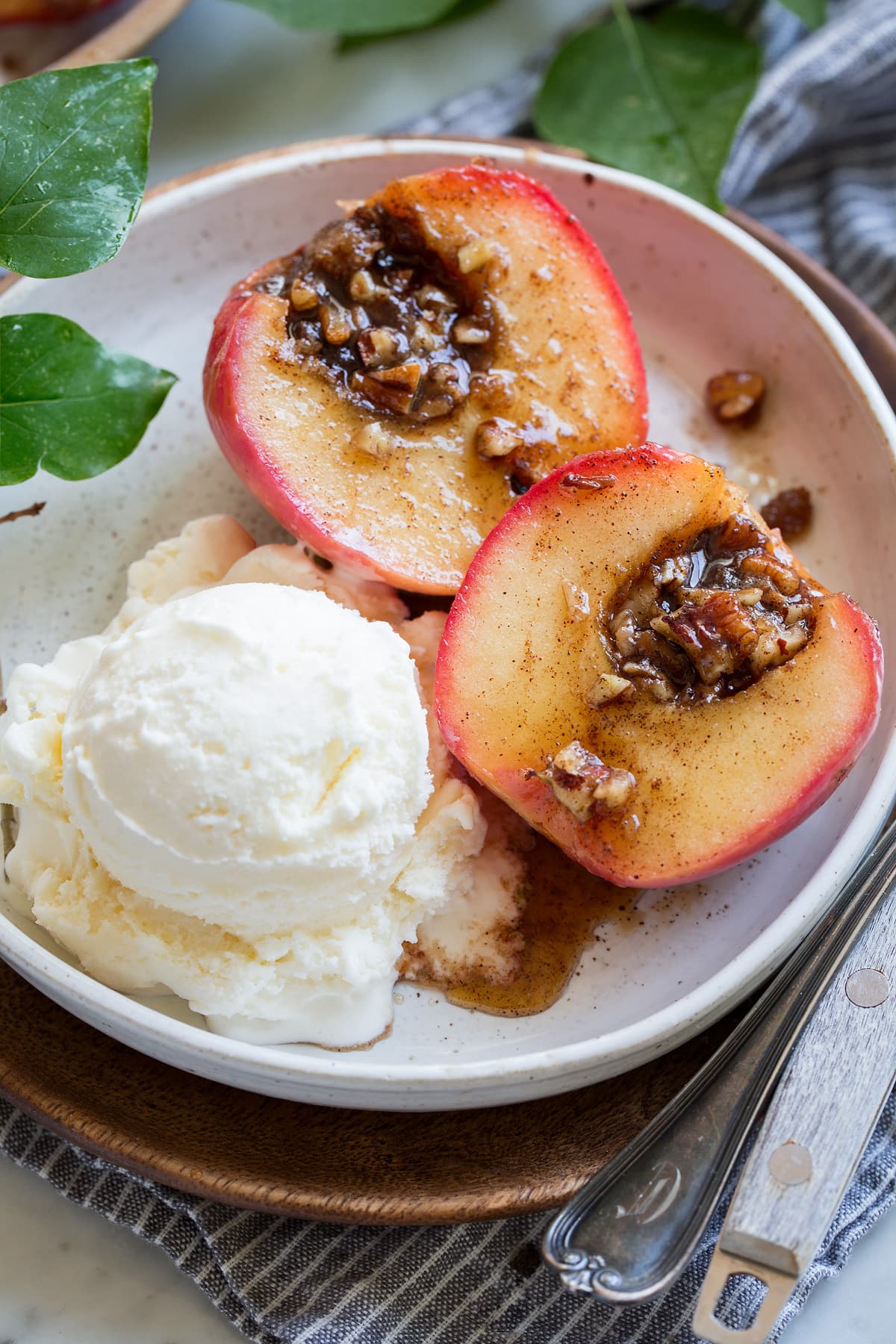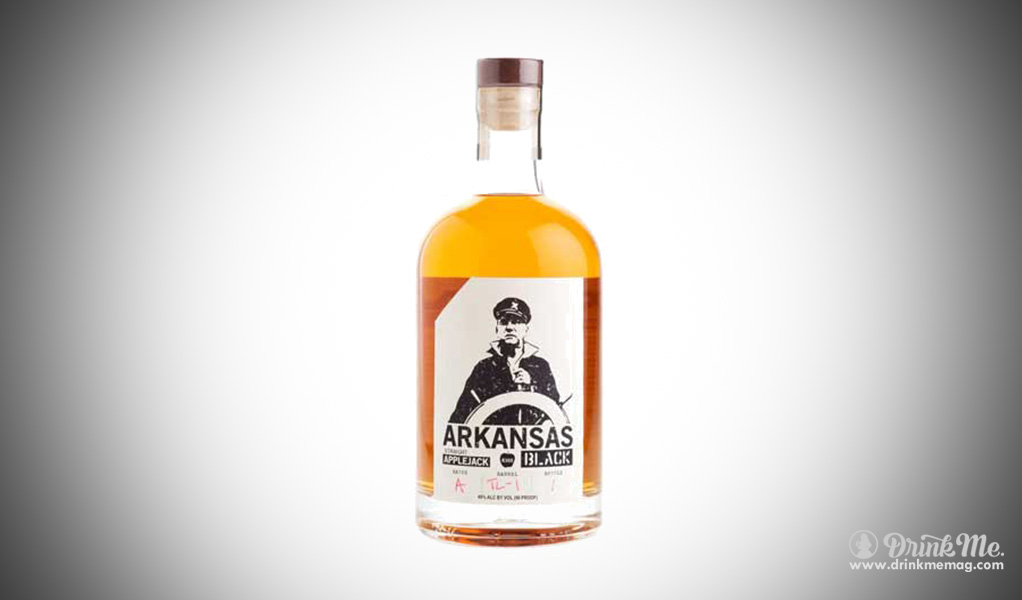
Applejack gets its name from the traditional method of jacking (or freeze distillation). Traditional Method of Making ApplejackĪfter the fermentation of apple cider is complete, the hard apple cider must go through distillation. No neutral spirits or anything else is added to the final product. Fermentation takes anywhere from six to eight days, at which point, the apple cider is transformed into hard apple cider. Yeast is added to the apple cider to begin the fermentation process. The cider is pure apples: no additives, preservatives or pasteurization. At Eight Oaks we use local pressed apple cider from Hardball Cider in Mt. If you want to keep the proof high but cut down on a strong taste, allow it to age 2-3 weeks, as the cinnamon and sugar will really shine through and give it a smooth flavor profile.It all starts with the apples. Put a cinnamon stick in each bottle for aging.ĥ. Time to jar your moonshine! You can use bottles or mason jars, as long as the lid gives you a tight seal. After it reaches room temperature, stir in your vodka and rum.Ĥ. You don't want to add the alcohol too soon because you don't want the heat to evaporate the alcohol.ģ. It's important to note that waiting for it to cool could take a few hours, and that's fine. Remove from heat and let it cool until it reaches about room temperature. Continue to stir slowly for 5-10 minutes until sugar has dissolved. Simmer on low to medium heat (you want to see a few bubbles are rising to the surface-NOT to the point of boiling) and then stir in sugars.Ģ. Combine apple cider and apple juice in a large pot.

As always, it is your responsibility to consult your local laws to determine if you can legally participate in this practice.) Apple Pie Moonshine Recipe (Note: Freeze distillation also falls under the same category of evaporative distillation and may not be legal in some areas. If you want to make true Applejack, try the freezing method this winter, starting with apple cider. Pretty neat! But nowadays, Applejack is often made from apple brandy instead of freeze distillation. Kind of similar to evaporative distillation if you think about it, but instead of boiling off the parts you don’t want, you’re freezing off just the water and concentrating everything else. But after the freeze distillation/jacking process throughout in the winter, the concentrated result yielded 3-4 times the alcohol content.

So the cider in the fall had maybe a 10% alcohol content before it was frozen. They’d intermittently remove frozen chunks of ice, which would cause the unfrozen alcohol to become more concentrated in the remaining liquid. It actually gets its name from “jacking,” which is another word for “freeze distillation.” What is Applejack?ĭuring Colonial times, people made cider in the fall and then left it out to freeze during the winter. You make Apple Pie Moonshine by evaporative distillation, typically using some kind of moonshine still, but Applejack is made by freeze distillation. I’ve got an awesome recipe for it at the bottom of this blog, but be forewarned: It’s deceptively delicious! You don’t realize how strong it is as you’re drinking-until you stand up.īelieve it or not, Apple Pie Moonshine is NOT the same thing as Applejack AKA “Jersey Lightning” though! The difference is in the process. Applejack (Plus Recipe!)Īpple Pie Moonshine is a great treat to enjoy in late summer/early fall as the hot temperatures start to cool down and the leaves begin to change.


 0 kommentar(er)
0 kommentar(er)
